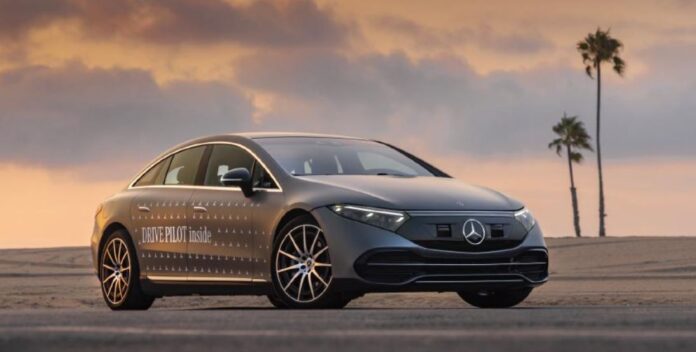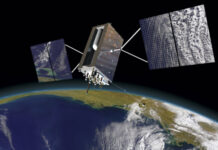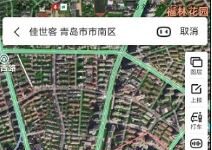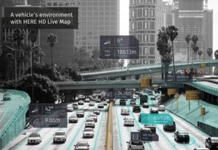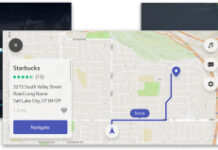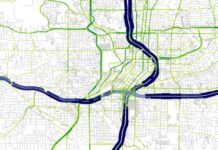Two types of sedans come with Drive Pilot that doesn’t require users to keep eyes on road
Mercedes-Benz has become the first automaker to offer Level 3 autonomous driving technology to U.S. consumers. Both the EQS and S-Class sedans have a Drive Pilot feature that costs $2,500 for a year’s subscription.
While Mercedes’ Level 3 cars have been sold since December, and only in California and Nevada, there are a bunch of restrictions, according to Fortune magazine. These include operating on specific roads in both states during the daytime and clear weather, at speeds less than 40 mph, and cannot be operated in construction zones.
Still, Mercedes, which rolled out the Drive Pilot-equipped cars in Germany two years ago, has beaten its competition, namely Tesla TSLA -1.64%↓ to the market in one way. The company’s Drive Pilot doesn’t require users to keep their eyes on the road—which Tesla’s Full Self-Drive data requires.

One of the features Mercedes touts is its “high-precision positioning system that is much more powerful than conventional GPS systems.” The company said it can determine positon of a vehicle within inches. Other features include lidar, camera, radar and ultrasonic sensors, and a HERE Technologies digital HD map to provide a three-dimensional image of the road and the surroundings.
Not everyone is a fan of the Mercedes Drive Pilot program—and that includes its maps. “Mercedes Drive Pilot is limited to pre-selected roads due to its dependence on high-definition maps. So, even though Mercedes advertises it as a Level 3 autonomous driving system, it’s based on ‘dead-end’ technology that can’t evolve to Level 4 or 5 autonomous driving,” said Chris Piche, founder and CEO of Smarter AI. “Tesla Full Self-Driving has no such limitations. It’s designed as a fully autonomous level 4/5 system, which currently operates under customer supervision as a Level 2 system. And because it runs on any road, FSD collects real-world data which Tesla uses to continuously improve its AI models.”
Piche believes that for full autonomous driving to be a reality in 10 years, it requires robust AI systems that can navigate diverse road and traffic conditions without human intervention. “This entails real-world data collection to train and improve AI models. Unlike systems limited by pre-defined maps, full autonomy depends on adaptable algorithms that can learn and evolve from real-world experience, like Tesla’s Full Self-Driving approach,” he said. “Additionally, regulatory frameworks must evolve to ensure safety while promoting innovation in autonomous vehicle technology.”


